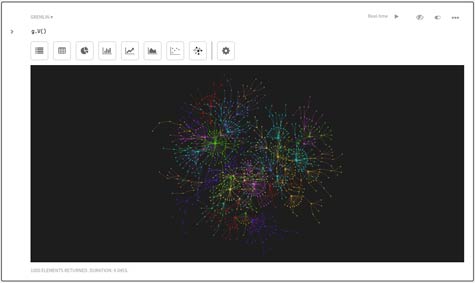Thanks mainly to the incorporation of location into a wide range of applications, interest in graph databases has spiked considerably. The challenge many IT organizations face, however, is that they don’t necessarily want to have to manage a separate database to provide that functionality to their applications. For that reason, multimode databases are being embraced to make polyglot persistence available to a broad range of types of applications.
One of the database vendors participating in this trend is DataStax, which this week unveiled Datastack Enterprise: Graph (DSE Graph). Built on top of the open source Apache Cassandra database, DataStax is making use of Apache TinkerPop, an open source Apache graph computing framework, to embed graph database functionality in Cassandra.
Martin Van Ryswyk, executive vice president of engineering for DataStax, says the performance of TinkerPop is greatly enhanced on Cassandra because it can now invoke a storage engine that DataStax built for Titan, a separate graph database that DataStax now owns due to acquiring the company behind it last year. Existing Titan users will be able to migrate their application code to DSE Graph with little-to-no modifications being required, says Van Ryswyk. DSE Graph make use of a Gremlin graph language to enable queries against the database in addition to Cassandra Query Language and DSE Analytics/Search application programming interfaces (APIs).
Van Ryswyck says support for Gremlin is crucial because it provides a query language optimized for graph databases as opposed to trying to extend traditional SQL queries to access graph data. Also included is DataStax Studio, a web-based tool developers can invoke to create queries and visualize graphs.
From the perspective of the database administrator, the rise of multimodal databases such as Cassandra, which supports transactions and JavaScript Object Notation (JSON) in addition to the new graph framework, is potentially a good thing in terms of streamlining management. The only real challenge is to make sure that all that multimodal functionality doesn’t come at the cost of any application performance that developers are not going to tolerate.




